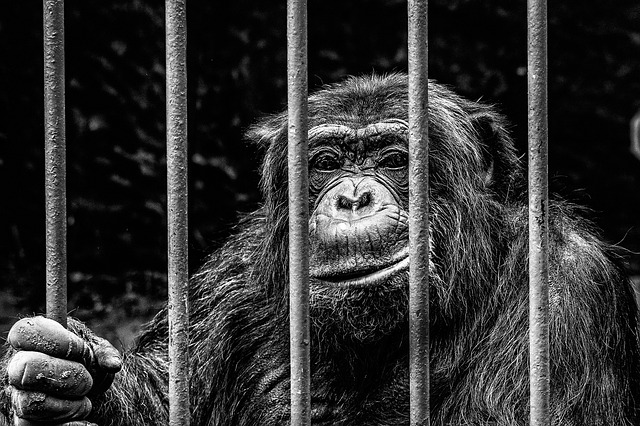Ride-sharing drivers face unique challenges with Ride-Sharing Driver DUI Defense due to ambiguous "personal vs. commercial" use and unpredictable work schedules. They must navigate stringent DUI laws while understanding their rights and legal loopholes. To address this, strategic initiatives include clarifying company liability, defining active duty periods, using technology for sobriety evidence, and developing tailored defenses based on individual circumstances. Stricter Ride-Sharing Driver DUI Defense policies enhance safety, deter offenders, ensure qualified drivers, and foster public trust in ride-sharing services by closing legislative loopholes.
In the rapidly growing ride-sharing industry, ensuring driver safety and accountability is paramount. This article explores the intricate world of Ride-Sharing Driver DUI Defense, focusing on understanding the legal landscape and closing loopholes that may compromise safety. We delve into common defenses used by drivers and analyze strategies to strengthen DUI laws specifically for this sector. By examining these gaps, we aim to highlight the potential impact on ride-sharing safety and advocate for a more robust regulatory framework.
- Understanding Ride-Sharing Driver DUI Laws
- Common Loopholes in DUI Defense for Ride-Sharing Drivers
- Strategies to Close Gaps in DUI Legal Protections
- The Impact of Closing Loopholes on Ride-Sharing Safety
Understanding Ride-Sharing Driver DUI Laws

Ride-sharing drivers, like any other professional behind the wheel, must adhere to strict laws regarding alcohol consumption and driving. In many jurisdictions, drivers operating ride-sharing services face heightened scrutiny when it comes to DUI (Driving Under the Influence) offenses. This is largely due to the nature of their work, where they are entrusted with transporting passengers who may be unfamiliar with their background or conduct.
Understanding the local laws pertaining to Ride-Sharing Driver DUI Defense is crucial for both drivers and regulatory bodies. Drivers should be aware of blood alcohol content (BAC) limits, the consequences of testing positive while on duty, and any potential defenses available. Regulatory agencies play a vital role in ensuring these laws are enforced fairly, fostering public safety, and upholding the integrity of ride-sharing services.
Common Loopholes in DUI Defense for Ride-Sharing Drivers

Ride-sharing drivers, while offering a convenient and often safer alternative to traditional taxis, face unique challenges when it comes to Ride-Sharing Driver DUI Defense. One of the most common loopholes exploited by prosecutors is the ambiguity surrounding the definition of “personal use” versus “commercial use.” Since ride-sharing platforms are designed for profit, any argument that a driver was using their vehicle for personal gain at the time of arrest could weaken their DUI defense.
Another loophole stems from the fast-paced nature of ride-sharing work. Drivers may have consumed alcohol before picking up passengers, believing they will have enough time to metabolize it before driving. However, the dynamic scheduling and unpredictable wait times can lead to drivers staying on the road longer than intended after consumption, potentially pushing them over legal blood alcohol limits. This creates a difficult situation where a driver’s livelihood is at stake, even if they made a poor decision that put themselves and others at risk.
Strategies to Close Gaps in DUI Legal Protections

To close gaps in DUI legal protections, especially for ride-sharing drivers, several strategic approaches are emerging. One key strategy involves clarifying liability and responsibility within the framework of ride-sharing services. This includes defining the moment a driver is considered on duty and the extent of their protection under company policies and insurance. For instance, many companies now differentiate between times when a driver is actively logged into the app, awaiting a request, and when they are en route to pick up a passenger.
Additionally, ride-sharing drivers can benefit from tailored legal defenses focused on their unique circumstances. This might include arguing that they did not exhibit signs of intoxication before accepting a ride request or demonstrating that any subsequent impairment was not significant enough to impair their ability to drive safely. Further, the use of technology like breathalyzer apps and real-time monitoring devices can provide credible evidence of a driver’s sobriety, strengthening their defense in case of a DUI accusation.
The Impact of Closing Loopholes on Ride-Sharing Safety

Closing loopholes, particularly those related to ride-sharing driver regulations, has a profound impact on safety. Many gaps in legislation allowed for drivers to engage in activities that compromised passenger security, such as driving under the influence (DUI) and lacking proper insurance coverage. By tightening these rules, regulatory bodies ensure that only qualified and responsible individuals operate these vehicles, significantly enhancing safety standards.
For instance, stricter DUI defense policies for ride-sharing drivers can deter potential offenders and reduce the risk of impaired driving. Additionally, mandating comprehensive insurance coverage protects both drivers and passengers in case of accidents, ensuring financial security and peace of mind for everyone involved. These changes not only create a safer environment but also foster public trust in ride-sharing services.
Closing loopholes in DUI (Drive Under the Influence) legal protections is paramount for enhancing ride-sharing safety. By understanding and addressing common defenses used by ride-sharing drivers, regulatory bodies can ensure fair yet stringent regulations. This approach not only discourages impaired driving but also fosters a culture of accountability among drivers, ultimately safeguarding passengers and public safety. Implementing strategies to close these gaps is a step towards a more secure future for the ride-sharing industry.






